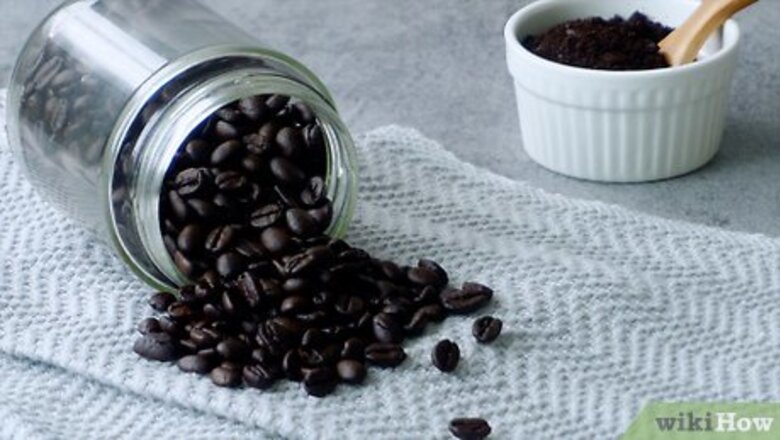
views
Making a Classic Café au Lait
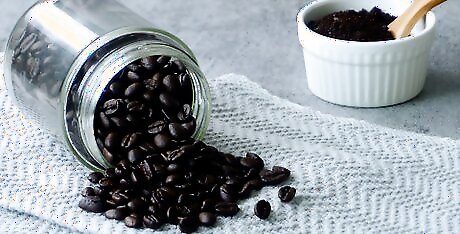
Choose the right coffee beans. You want a bold, full-flavored bean to get the best drink. Fruity coffees, like many originating from Central America, often lose some flavor when mixed with the milk, and mild or light roast beans are not robust enough to provide the coffee taste you want. Aim for Sumatran, Java, or Brazilian beans, or dark-roasted beans with a big flavor. You can also use espresso beans, though you want to brew them like traditional coffee.
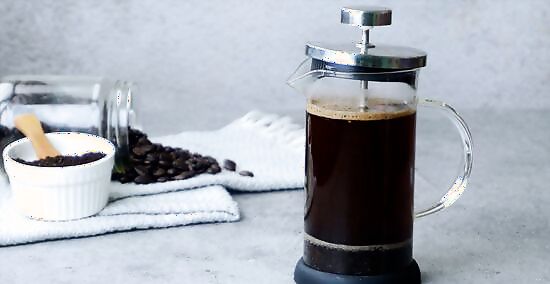
Brew up an extra strength cup of coffee. In order to avoid weakly flavored coffee, which may occur when the milk is added, you want a strong pot of coffee to start with. While some people suggest using espresso, a cup of espresso and steamed milk is technically a latté, not a café au lait. If you use a coffee maker, use twice as many ground beans or half as much water to get stronger coffee. If you use a French press, or press pot, be sure to add an extra 2-3 spoonfuls of grounds, and let them steep in the hot water for at least 4 minutes.
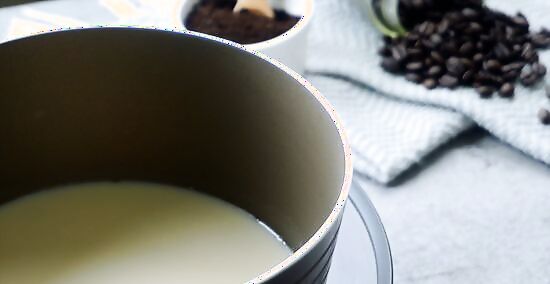
Warm 1 cup of milk. Scalding is just a culinary term for heating up the milk. You want to be careful not to foam the milk, just warm it up. Place it in a saucepan and heat it up slowly, on low heat, until it is just beginning to bubble and is hot to the touch. It should not be bubbling. You can also use the steaming wand found on an espresso machine, which will heat the milk up without the chance of burning it. Use whole milk for the most authentic, rich café au lait taste you can get. While a traditional café au lait has no foam, all milk drinks should be slightly foamed, as air bubbles improve the taste. Take a whisk to the milk for 10-15 seconds before removing it from heat to get the best flavored drink.
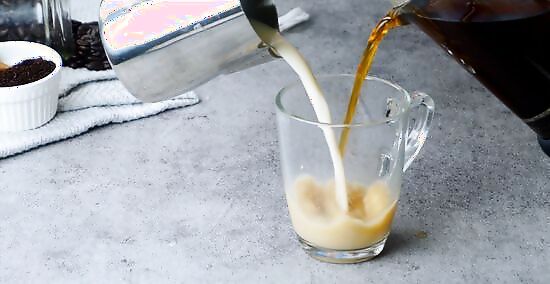
Pour the hot milk and coffee into your cup simultaneously. You want equal parts of milk and coffee, and you want to avoid stirring it up if possible to reduce any foaming. To make this easier, you might transfer the warm milk into a heat-safe measuring cup before pouring. While the ratios do not have to be exact, a café au lait is supposed to be half milk, half coffee. Add more or less milk to get a weaker or stronger cup. If you are struggling to pour both simultaneously, then pour the milk first, then pour the coffee into the milk.
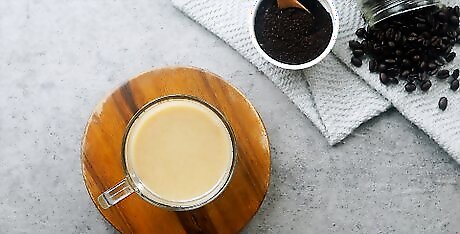
Serve the café au lait immediately. If you want to emphasize the French aspect, you should serve the coffee in a small bowl, as the French do. For an Italian twist, serve it in a tall glass, usually with a handle (though most Italians use espresso instead of coffee). Feel free to add sugar to taste, as most French drinkers add 1-2 packets.
Variations
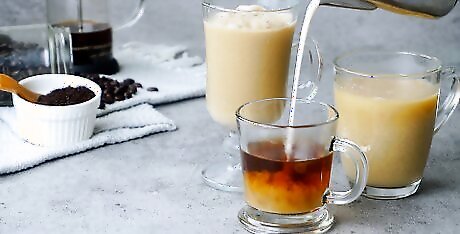
Understand the different types of café au lait. Because the term "coffee with milk" is so vague, there are a lot of variations on café au lait across the world. The most common difference is between European and American café au lait. Whereas Europeans always steam them milk with an espresso machine, American café au lait has milk scalded in a saucepan. Lattés are made with 2-3 shots of espresso and warmed milk, not brewed coffee. Cappuccinos are like latte's, except the majority of milk has been foamed, not just warmed. Macchiatos are shots of espresso with a dollop of foamed milk on top.
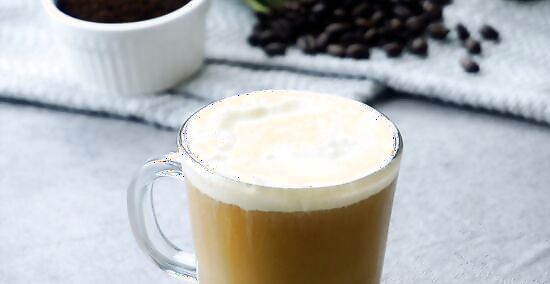
Add a dash of foamed milk to the top for a gorgeous cup of café. While café au lait is supposed to be light on foam, a thin topping is often used to make the cup look good and provide a little dash of sweet foam to the coffee. If you have some milk left over, whisk it with 1-2 teaspoons of sugar until it starts to froth, then pour it over your cup of coffee.
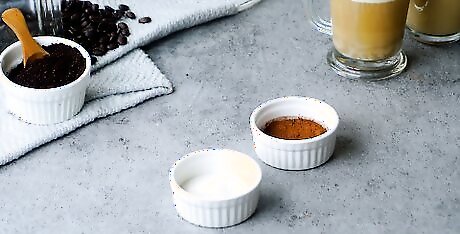
Add a dash of chocolate to your café au lait. Add ⁄4 tablespoon (3.7 ml) sugar and ⁄2 tablespoon (7.4 ml) unsweetened cocoa powder (per mug of coffee you're making) to your milk right before whisking. The result is a mocha-café au lait hybrid that is perfect as a nightcap or along with brunch. Substitute 1 teaspoon vanilla extract, or one whole vanilla bean, for the cocoa powder to change things up. Scrape the seeds out of the vanilla bean and into the milk, then heat it with the milk and sugar for 5-10 minutes on low.
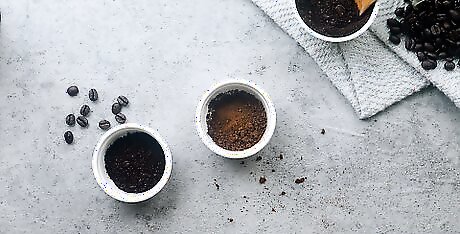
Use equal parts chicory and coffee for a New Orleans Café au Lait. Made famous by Louisiana's Café au Monde, this Creole version of the French classic is the only way you'll be served in the Big Easy. You can buy premixed chicory/coffee blends or measure in your own ground chicory to taste. Whenever possible, you should serve it with sweet beignets to offset the bitterness of the chicory.
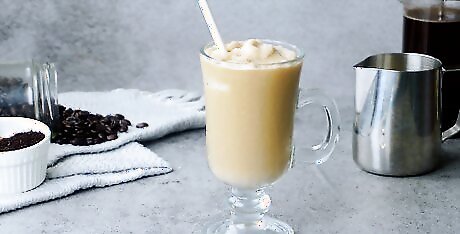
Cool the coffee and milk, then mix in a blender with a handful of ice for an iced café au lait. Technically, since the milk is not warmed, this is not a café au lait. That said, this iced treat has a the flavor of café au lait for a warm day. Add any extra sugar to taste.



















Comments
0 comment